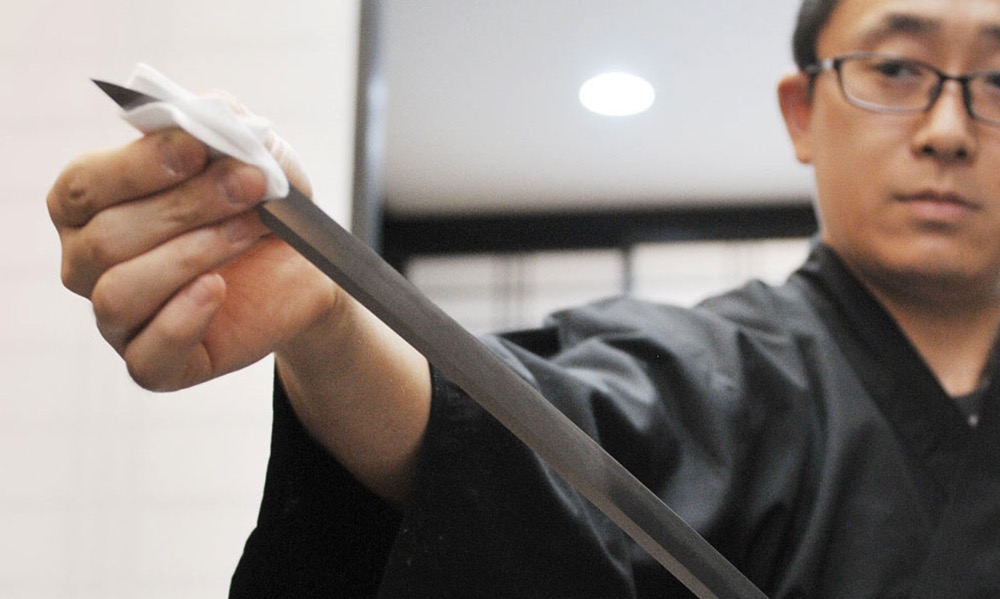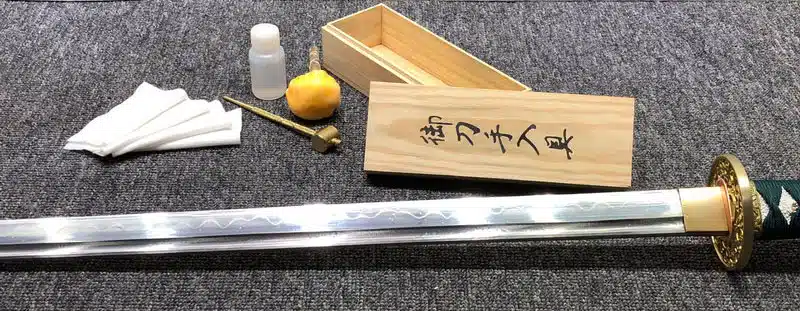
The katana, a symbol of Japanese craftsmanship and martial tradition, deserves meticulous care to ensure its longevity and functionality. Proper preservation and maintenance are key to keeping this iconic sword in optimal condition. In this article, we'll explore essential steps for preserving and maintaining your katana.
Preservation:
1. Cleaning:
- Wipe the blade with a soft, clean cloth after each use to remove fingerprints, moisture, and any debris.
- Use a mixture of choji oil or mineral oil to clean the blade, preventing rust formation.
2. Avoid Touching the Blade:
- Handle the katana by the tsuka (handle) or saya (scabbard) to minimize oil transfer from your hands to the blade.
3. Storage:
- Store the katana in a cool, dry place away from direct sunlight and extreme temperatures.
- Place a moisture-absorbing packet in the storage area to prevent humidity.
4. Regular Inspection:
- Periodically inspect the blade, tsuba (guard), and other components for signs of rust, wear, or damage.
- Ensure the saya and tsuka are free of cracks or loose fittings.

Maintenance:
1. Oil Application:
- Apply a thin layer of choji oil or mineral oil to the blade regularly to protect it from corrosion.
- Use a soft cloth to spread the oil evenly, avoiding excess that may attract dust.
2. Polishing:
- Consider professional polishing by an experienced swordsmith to maintain the blade's luster.
- Use a non-abrasive metal polish for light polishing, avoiding abrasive materials that could damage the hamon.
3. Handle Care:
- Check the tsuka for any signs of wear or loosening.
- Replace the ito (cord wrapping) if it shows signs of fraying or damage.
4. Tsuba and Fittings:
- Wipe the tsuba and other metal fittings with a dry cloth to remove any dust or moisture.
- Use a soft brush for intricate designs and hard-to-reach areas.
5. Avoid Cutting Hard Targets:
- Refrain from cutting hard materials like bamboo or metal, as this can damage the blade and compromise its integrity.
6. Professional Maintenance:
- Consult a qualified swordsmith for regular maintenance and inspection.
- Professional care ensures that any potential issues are addressed by an expert.
By following these preservation and maintenance guidelines, you can ensure that your katana remains a testament to the artistry and functionality of this revered Japanese sword.


 USD
USD














